When it comes to climbing, having the right gear can be the difference between success and failure. One of the most critical pieces of equipment for climbers is their shoes. However, climbers face a tough choice between leather and synthetic climbing shoes. Both materials have their own unique characteristics, making the decision a challenge. In this article, we will delve into the pros and cons of each material to help climbers make informed decisions and optimize their climbing experience. Leather Climbing Shoes: Leather has been a popular choice for climbers for decades. Here are a few advantages of leather climbing shoes: 1. Comfort and Fit: Leather shoes provide excellent comfort and fit due to their ability to mold to the shape of the climber’s foot over time. This custom fit improves precision and sensitivity, allowing climbers to feel the rock better. 2. Durability: Leather shoes tend to be more durable than their synthetic counterparts. They can withstand frequent use, resist wear and tear, and generally have a longer lifespan. With proper care, leather shoes can serve climbers for years, making them a cost-effective choice in the long run.
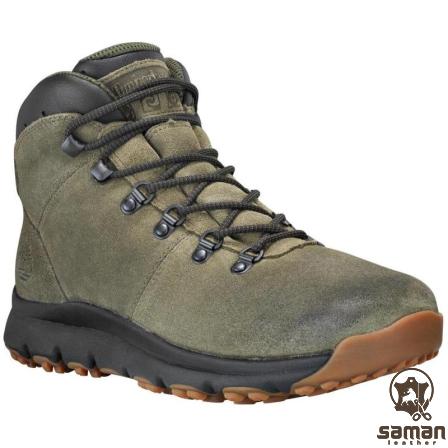
.
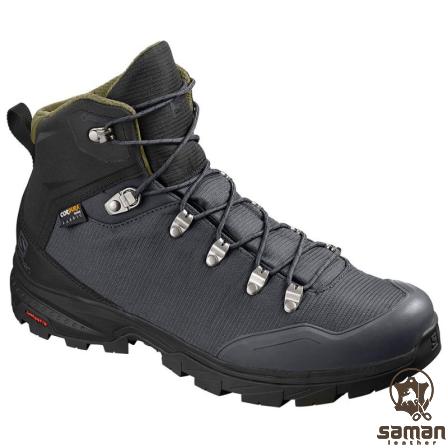 3. Breathability: Compared to synthetic shoes, leather offers superior breathability. The natural properties of leather enable better moisture regulation, preventing excessive sweating and discomfort during long climbing sessions. 4. Performance on Edging: When it comes to edging (standing on small footholds), leather shoes tend to excel. Their stiffer construction and ability to mold to the foot provide better support and stability on delicate edges. However, leather climbing shoes also have some drawbacks: 1. Break-In Period: Leather shoes require a longer break-in period compared to synthetic shoes. New leather shoes can feel stiff and uncomfortable until they soften and mold to the climber’s foot. This can be inconvenient for climbers who prefer immediate comfort. 2. Stretching: While a custom fit is an advantage, leather shoes may stretch over time, leading to a slight decrease in performance. Climbers need to be mindful of this when selecting their size.
3. Breathability: Compared to synthetic shoes, leather offers superior breathability. The natural properties of leather enable better moisture regulation, preventing excessive sweating and discomfort during long climbing sessions. 4. Performance on Edging: When it comes to edging (standing on small footholds), leather shoes tend to excel. Their stiffer construction and ability to mold to the foot provide better support and stability on delicate edges. However, leather climbing shoes also have some drawbacks: 1. Break-In Period: Leather shoes require a longer break-in period compared to synthetic shoes. New leather shoes can feel stiff and uncomfortable until they soften and mold to the climber’s foot. This can be inconvenient for climbers who prefer immediate comfort. 2. Stretching: While a custom fit is an advantage, leather shoes may stretch over time, leading to a slight decrease in performance. Climbers need to be mindful of this when selecting their size.
..
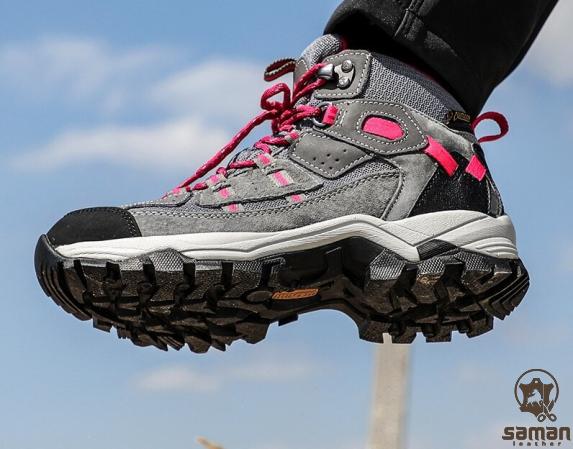 Synthetic Climbing Shoes: In recent years, synthetic climbing shoes have gained popularity among climbers. Here are some advantages of choosing synthetic shoes: 1. Precision and Sensitivity: Synthetic shoes often offer increased sensitivity, allowing climbers to feel the rock more acutely. They provide instant response and can be beneficial for climbers who prioritize precision in their footwork. 2. Lighter Weight: Synthetic materials are typically lighter than leather, making them an excellent choice for climbers who prefer agility and reduced fatigue during long routes or boulder sessions. 3. No Break-In Period: Unlike leather shoes, most synthetic models require little to no break-in time. Climbers can slip them on and immediately hit the crag or the gym. 4. Little to No Stretching: Synthetic shoes tend to maintain their original shape over time, ensuring consistent performance. Climbers can confidently anticipate the shoe’s fit and performance.
Synthetic Climbing Shoes: In recent years, synthetic climbing shoes have gained popularity among climbers. Here are some advantages of choosing synthetic shoes: 1. Precision and Sensitivity: Synthetic shoes often offer increased sensitivity, allowing climbers to feel the rock more acutely. They provide instant response and can be beneficial for climbers who prioritize precision in their footwork. 2. Lighter Weight: Synthetic materials are typically lighter than leather, making them an excellent choice for climbers who prefer agility and reduced fatigue during long routes or boulder sessions. 3. No Break-In Period: Unlike leather shoes, most synthetic models require little to no break-in time. Climbers can slip them on and immediately hit the crag or the gym. 4. Little to No Stretching: Synthetic shoes tend to maintain their original shape over time, ensuring consistent performance. Climbers can confidently anticipate the shoe’s fit and performance.
…
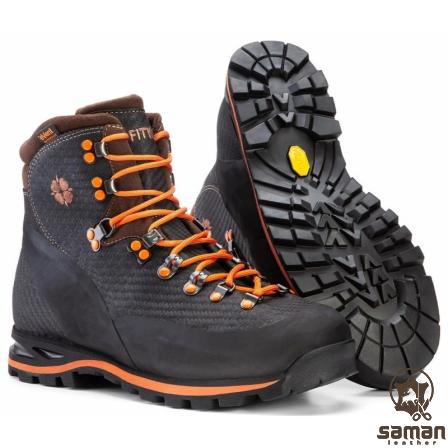 On the downside, there are a few considerations when it comes to synthetic climbing shoes: 1. Breathability: Synthetic materials are generally less breathable than leather, which can lead to excessive sweating and discomfort during extended climbing sessions. 2. Limited Durability: Synthetic shoes may not withstand heavy use and wear as well as leather shoes. They might need to be replaced more frequently, resulting in higher long-term costs. Conclusion: Ultimately, choosing between leather and synthetic climbing shoes boils down to individual preference, climbing style, and personal priorities. For climbers who prioritize comfort, durability, and performance on edging, leather shoes might be the preferred option. On the other hand, climbers who prioritize precision, sensitivity, and lightweight design may benefit from synthetic shoes. By understanding the merits and disadvantages of each material, climbers can make a well-informed decision that optimizes their overall climbing experience. Happy climbing!
On the downside, there are a few considerations when it comes to synthetic climbing shoes: 1. Breathability: Synthetic materials are generally less breathable than leather, which can lead to excessive sweating and discomfort during extended climbing sessions. 2. Limited Durability: Synthetic shoes may not withstand heavy use and wear as well as leather shoes. They might need to be replaced more frequently, resulting in higher long-term costs. Conclusion: Ultimately, choosing between leather and synthetic climbing shoes boils down to individual preference, climbing style, and personal priorities. For climbers who prioritize comfort, durability, and performance on edging, leather shoes might be the preferred option. On the other hand, climbers who prioritize precision, sensitivity, and lightweight design may benefit from synthetic shoes. By understanding the merits and disadvantages of each material, climbers can make a well-informed decision that optimizes their overall climbing experience. Happy climbing!
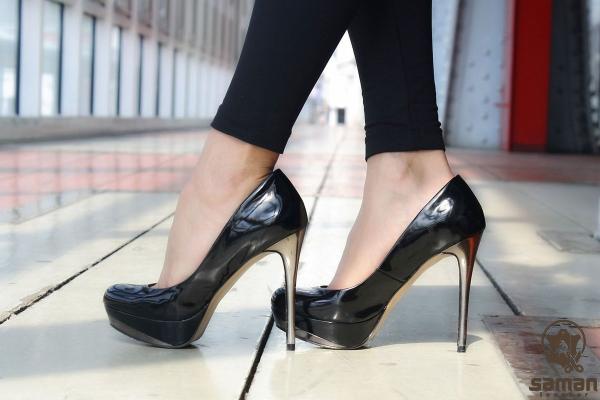
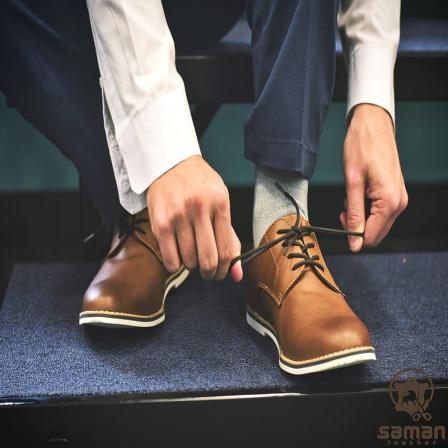
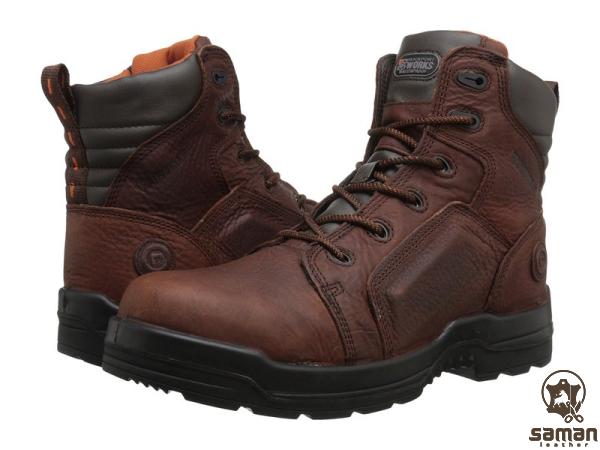
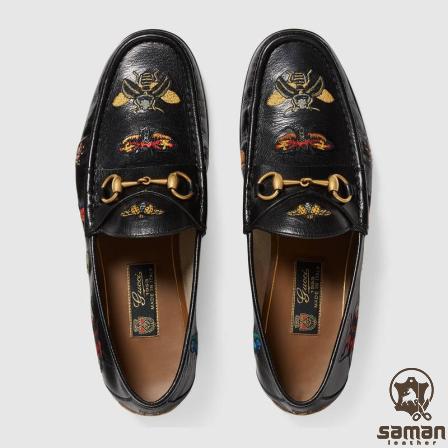
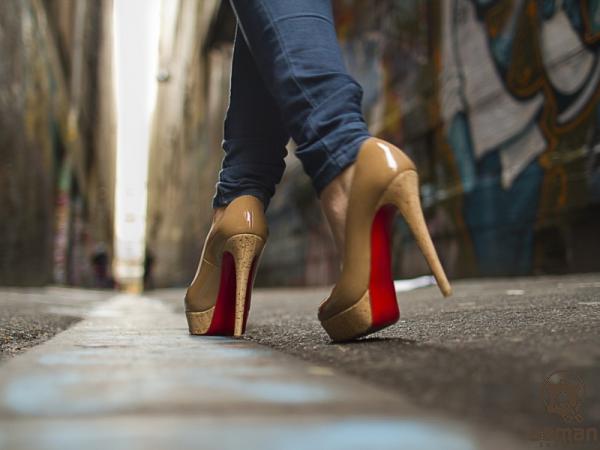
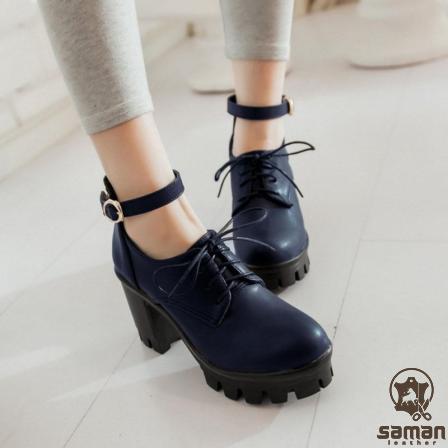
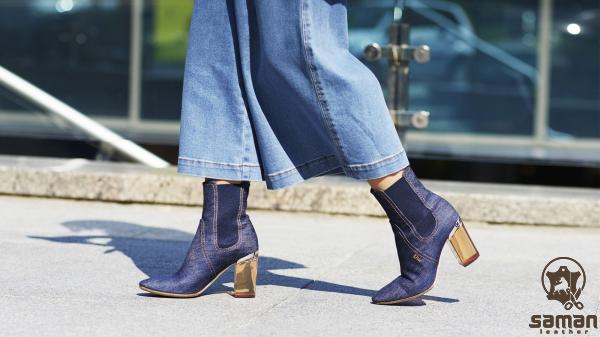

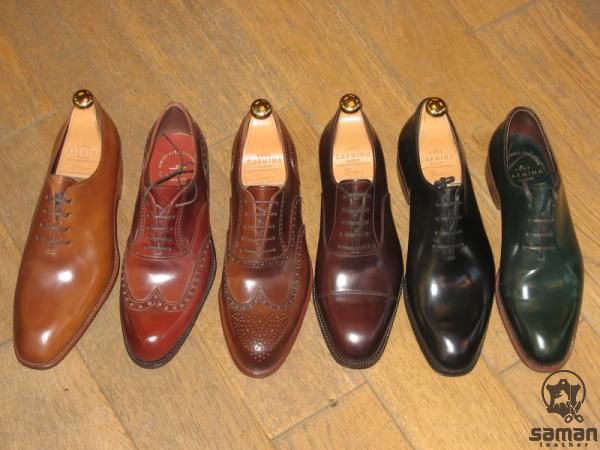
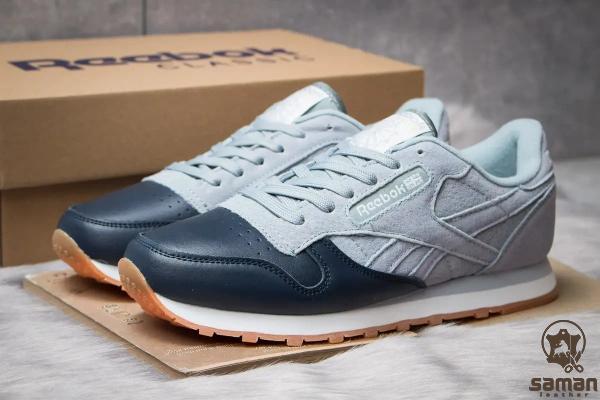
Your comment submitted.